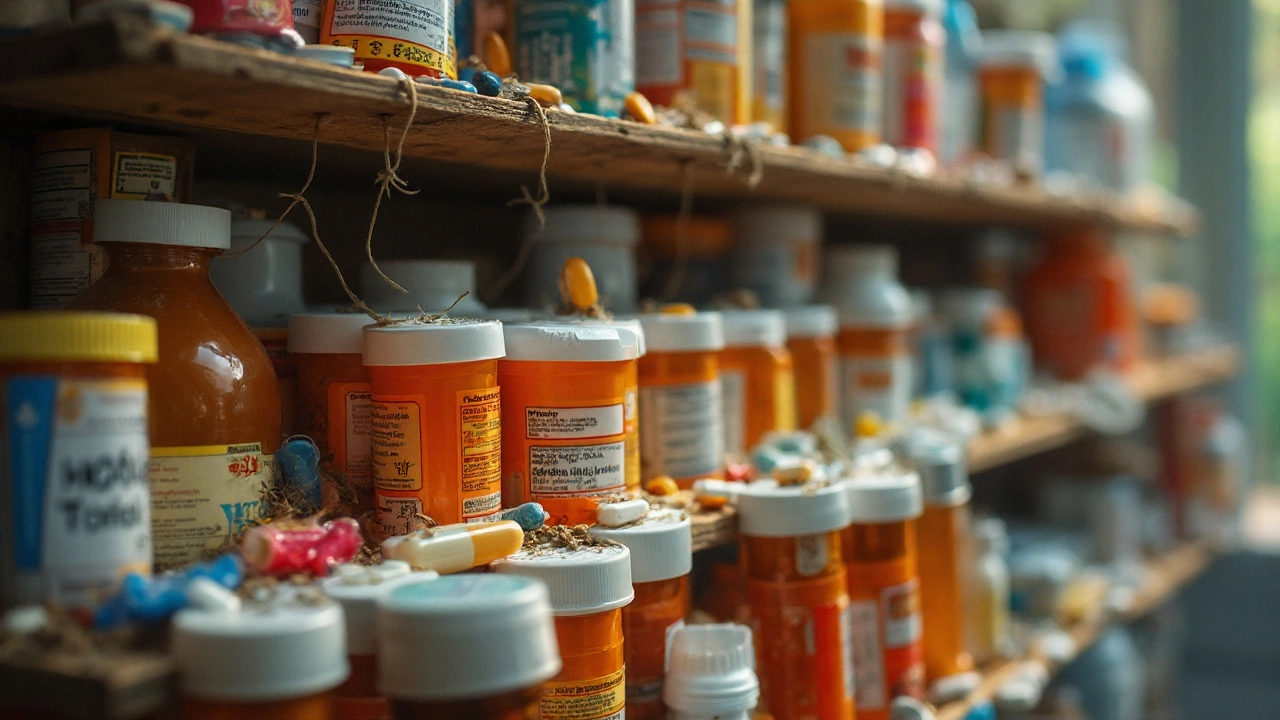Drug Interactions: What They Are and How to Stay Safe
Ever taken a pill and wondered if it might clash with something else you’re on? A drug interaction happens when two or more medicines, foods, or drinks affect each other’s effectiveness or cause unwanted side effects. Knowing the basics can save you from nasty symptoms and keep your treatment on track.
Common Types of Interactions
There are three main kinds you’ll hear about. First, a “pharmacokinetic” interaction changes how your body absorbs, breaks down, or clears a drug. Second, a “pharmacodynamic” interaction happens when drugs act on the same body system and amplify or block each other’s effects. Finally, “food‑drug” interactions involve meals, alcohol, or supplements that tweak drug levels.
Examples are easy to spot. Taking an antacid with certain antibiotics can stop the antibiotic from working well. Mixing blood thinners with aspirin or ibuprofen raises bleeding risk. Even grapefruit juice can boost some cholesterol meds, leading to higher doses than intended.
How to Spot and Prevent Problems
The safest move is to keep a simple list of everything you’re using – prescription pills, over‑the‑counter meds, vitamins, and herbal stuff. When you pick up a new prescription, hand that list to the pharmacist or doctor. They can check for red flags before you leave the counter.
Don’t assume “natural” means safe. St. John’s wort, for instance, can lower the effectiveness of birth control pills and antidepressants. If a label says “avoid alcohol,” take it seriously – mixing can increase drowsiness or cause liver strain.
Ask questions. If a doctor writes a drug you’ve never heard of, say, “What should I avoid while taking this?” A quick chat can uncover hidden risks before they become a problem.
Technology can help too. Many pharmacies offer apps that send alerts when a new medication is added to your profile. Some phone apps let you scan a pill and instantly see known interactions. Use them – they’re free and easy.
Remember, timing matters. Sometimes taking two medicines a few hours apart avoids a clash. Your pharmacist can suggest the best schedule, whether it’s morning, afternoon, or bedtime.
If you notice weird symptoms – sudden dizziness, rash, unusual bleeding, or feeling extra sleepy – stop the new drug and call a health professional right away. Early action prevents bigger issues.
Bottom line: drug interactions are common, but they’re easy to manage with a bit of attention. Keep your list updated, talk openly with your care team, and use the tools at hand. Staying aware means you get the benefits of each medication without the unwanted side effects.

Why Drug Interactions Matter: Risks, Facts, and Everyday Tips
Caleb Drummond Aug 8 0Drug interactions can sneak up on you. Discover how your meds might collide, the dangers, real-life data, and easy tips to keep safe.
More Detail